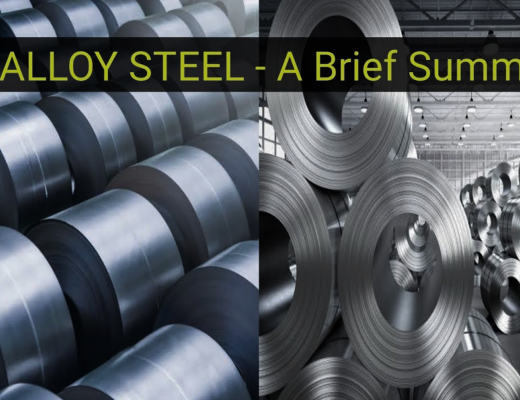The steel industry is a cornerstone of the country’s development, playing an important role in supporting economies worldwide. The steel market is continually subject to dynamic changes and adjustments in the overall conditions of the global economy. So, this blog will provide you with an insightful overview of steel price trends for 2024 and beyond.

Current Steel Price Trends and Influences
To understand the trajectory of steel prices in 2024, it’s crucial to examine current trends and their underlying causes. At the onset of the 2020s, the steel industry faced significant challenges, including supply chain disruptions, raw material cost surges, and the global economic recovery following the COVID-19 pandemic. These factors contributed to volatility in steel prices. As we progress into 2024, geopolitical tensions and pandemic-related disruptions continue to create uncertainties in the steel market. Businesses must remain vigilant to adapt to these dynamics effectively.
Current Trends of Steel Price and Influences
So, to forecast the future steel prices in 2025, it is much more important to analyze the recent trends along with the causes behind them. At the start of the 2020s, the steel industry faced various national challenges, which resulted in a disruption of the supply chain, prices of raw materials going up, and the global economic recovery following the COVID-19 pandemic. As the days go on, geopolitical interruptions and pandemic upheaval are still functioning to create uncertainties within the steel environment, like watching and adapting to changing conditions by businesses.
Factors Influencing Steel Prices in 2025
The steel price forecast for 2025 is shaped by several interconnected factors:
- Economic Climate: The steel demand is significantly affected by the pace of global economic growth. A development in an economy usually tends to correlate with the construction of the infrastructure and the development of the manufacturing industries, which, in turn, raises the consumption and price of steel.
- Geopolitical Currents: The steel supply chain and price movements are also affected by conflicting ongoing scenarios and trade policies. The international sanctions or tariffs also imposed on the key steel-producing nations usually lead to short supplies of steel prices.
3. Technological Innovation: With the advancements in the steel production technologies, which include automation and AI-driven processes, which help in putting cost-effective measures as potential remedies for stabilizing prices.
4. Sustainability Efforts: The environmental rules and regulations are encouraging manufacturers to adopt green technologies. These kinds of initiatives may also require investment, but such initiatives lead to savings and competitive markets in the future.
Long-Term Trends Shaping the Steel Market
Although immediate price forecasts are inevitably uncertain, there are longer-term trends that lend more clarity to the future of the steel industry.
- Sustainability: The condition of the environment of sustainability has increased, prompting investment in green technologies by steelmakers, like the production of hydrogen steel and recycling. The revenue potential is supplemented with international climate goals that can be met by giving preference to these products by eco-friendly consumers.
- Circular Economy Practices: Connecting the change to a circular economy and emphasizing the recycling and reuse of materials will lead to a decreasing waste economy and provide a more sustainable steel market.
- Diversification of Supply Chains: To mitigate risks originating from geopolitical tension, businesses have diversified supply chains, which could affect regional price dynamics.
Opportunities and Challenges Ahead
The steel rate forecasts for 2025 underscore a mix of opportunities and challenges. Maintaining good relationships with dependable suppliers would allow businesses to prosper despite any looming geopolitical and economic uncertainties. Keeping a close eye on the alloy steel price along with the alloy metal price is also mandatory for industries using specialized steel grades.
So, to understand the market’s driving forces and embrace innovation, the stakeholders can navigate the steel industry’s complexities and position themselves for success.
Conclusion
As the market in 2024 and beyond is marked by volatility but also has immense potential. By proper and strategic planning with a clear sense of changing business trends, organizations can withstand fluctuations in markets and exploit emerging avenues. Now more than ever, with technology and sustainability re-defining the landscape, steel producers and end-users must keep abreast of new inventions to remain competitive in the future.


